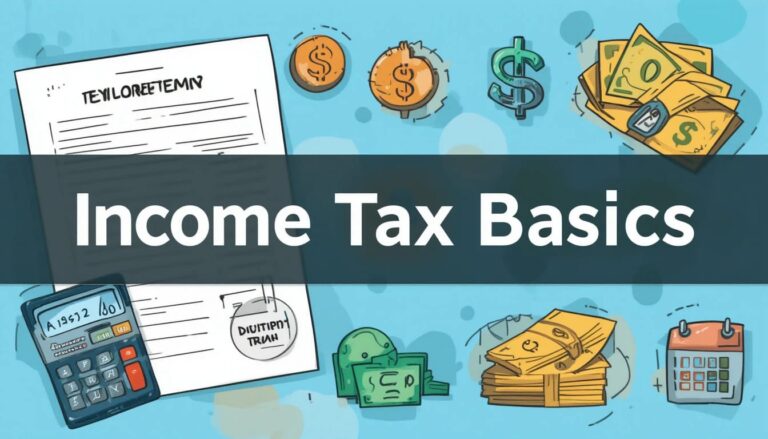Tax Saving Strategies: Smart Ways to Reduce Your 2025 Tax Bill
Nobody enjoys paying more taxes than necessary. Fortunately, the tax code provides legal ways to reduce your taxable income and lower your overall tax liability. Whether you’re an employee, self-employed, or retired, implementing effective tax-saving strategies can help you keep more of what you earn. Here are some smart, actionable strategies to consider for the 2025 tax year.
1. Maximize Retirement Contributions
Contributing to tax-advantaged retirement accounts is one of the most effective ways to reduce your taxable income.
- 401(k): Contributions are made pre-tax, reducing your income now while saving for the future. In 2025, the contribution limit is expected to be around $23,000 (with a catch-up contribution for those 50+).
- Traditional IRA: Contributions may be tax-deductible depending on your income and whether you’re covered by a retirement plan at work.
- SEP IRA or Solo 401(k): Ideal for self-employed individuals; these allow higher contribution limits based on income.
2. Contribute to an HSA or FSA
Health Savings Accounts (HSAs) and Flexible Spending Accounts (FSAs) allow you to set aside pre-tax dollars for medical expenses.
- HSA: Available to those with high-deductible health plans. Contributions are tax-deductible, grow tax-free, and can be used tax-free for qualified medical expenses.
- FSA: Offered through employers, FSAs reduce your taxable income but must generally be used within the plan year.
3. Take Advantage of Tax Credits
Tax credits provide a dollar-for-dollar reduction in the taxes you owe. Some valuable credits for 2025 include:
- Earned Income Tax Credit (EITC): For low- to moderate-income earners
- Child Tax Credit: Up to $2,000 per qualifying child
- American Opportunity Credit: For post-secondary education expenses
- Saver’s Credit: For low- and moderate-income individuals contributing to retirement accounts
Credits are often more beneficial than deductions, so make sure you’re not missing any.
4. Utilize Capital Gains Strategies
Investors can use strategic planning to reduce capital gains taxes:
- Hold Investments Longer: Assets held for more than a year qualify for lower long-term capital gains tax rates.
- Tax-Loss Harvesting: Sell losing investments to offset gains from winners, reducing your overall tax bill.
- Use Qualified Accounts: Investments held in Roth IRAs or 401(k)s grow tax-free or tax-deferred.
5. Claim All Eligible Deductions
Don’t overlook deductions that can reduce your taxable income, such as:
- Mortgage interest
- Student loan interest
- Charitable donations
- State and local taxes (up to the $10,000 SALT cap)
- Educator expenses (for teachers)
Track expenses throughout the year and save receipts to support your claims.
6. Start a Side Business
If you have a side hustle or freelance work, you may be able to deduct business-related expenses such as:
- Home office costs
- Internet and phone bills
- Equipment and software
- Marketing and advertising
These deductions can significantly reduce your net income and, therefore, your tax liability.
7. Adjust Your Withholding
If you owed a large amount or received a huge refund last year, consider updating your W-4 form at work. Proper withholding ensures you’re not giving the government an interest-free loan—or facing a big bill at tax time.







